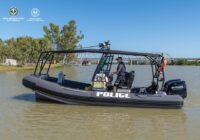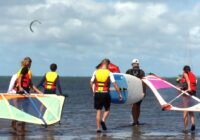News from Marine Safety South Australia
News from Marine Safety South Australia – March 2024 edition
Marine Safety SA cars are sporting a fresh new look
The Marine Safety SA vehicles are now wrapped with eye-catching boating safety messaging, serving as a reminder of where to find essential boating safety information in SA.
Keep an eye out for the cars at boat ramps and various marine safety and boating events statewide.
Whenever you spot one of the Marine Safety SA cars at a boat ramp, it signifies that the dedicated MSOs are on site, offering valuable education on safe boating practices. They’re there to ensure vessels are operating safely and equipped with all necessary boating safety gear.
The wrapped cars help promote the Marine Safety SA website as the go-to destination for comprehensive boating safety information. You’ll find online tool and tips for checking safety equipment, lifejackets and reporting hazards and incidents on the water.
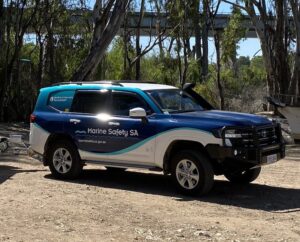
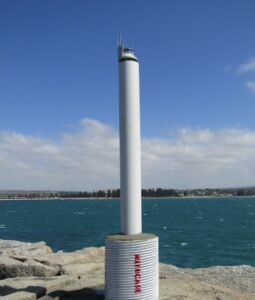
Granite Island beacon update
If you have visited Victor Harbor recently, you might have noticed a change on the Granite Island breakwater: a new navigation beacon.
This update was necessary because the old beacon, made of a small, galvanized steel drop-down pole, had corroded severely from exposure to seawater spray and harsh conditions.
In its place, a more durable PVC-filled concrete structure has been installed, better suited to withstand the tough coastal environment. This improvement ensures safer navigation for mariners into the future.
Lucindale field days
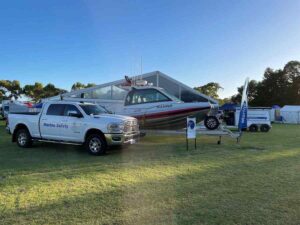
This month Marine Safety SA had a fantastic time at the Lucindale field days connecting with many members of the southeast region’s boating community.
Our dedicated MSOs were on hand throughout the event, engaging with visitors, answering their boating safety queries, and distributing educational stickers and flyers. Being part of the Blue Yakka Trail was a highlight for Marine Safety SA this year.
Children were encouraged to participate by answering a boating safety question about lifejackets and were rewarded with a Marine Safety SA drink bottle for their efforts.
In addition, Marine Safety SA hosted a giveaway competition where attendees who signed up for the Marine Safety SA newsletter had the chance to win one of two new lifejackets.
Congratulations to Melissa from Lucindale and Robert from Kingston, who are the lucky winners!
Our MSOs also met more of the southeast community on water in the Beachport and Robe areas before and after the field day patrolling the waters along the coast in this region.
Keep informed about the officers’ upcoming activities in your area by following the Marine Safety SA Facebook page.
Children’s lifejacket essentials
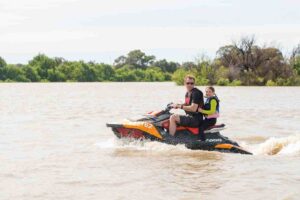
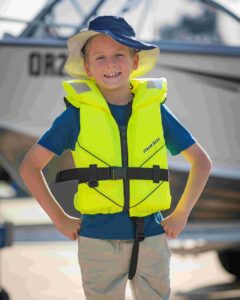
Lifejackets are the most important piece of safety equipment for everyone while boating, especially for children.
On vessels 12 metres and under, children up to 12 years of age must always wear a lifejacket when on the open deck.
In semi-protected and unprotected waters, children must wear a lifejacket level 100 or higher. These lifejackets provide sufficient flotation to keep the body and head above water, thanks to their flotation collar. In protected waters like the River Murray, children can wear a level 50, 100, or higher lifejacket while on the open deck of a boat.
However, if opting for a level 50 lifejacket for a child on the river, it is important to note that:
- A level 50 lifejacket has less floatation than a level 100, with flotation panels only on the front and back
- This type of lifejacket will not support your child’s head when swimming or while in the water.
Children’s lifejacket wear on personal watercraft (PWC) and water skiing
Children must wear a level 50 lifejacket if waterskiing or as a passenger on a personal watercraft (PWC). This type of lifejacket is specifically chosen to minimise the risk of neck injuries in case of falls. Before undertaking these activities consider whether your child is old and strong enough to keep their head up in the water if they fall from a PWC or water-skiing device.
For more information on children and lifejackets visit the Marine Safety SA website.







